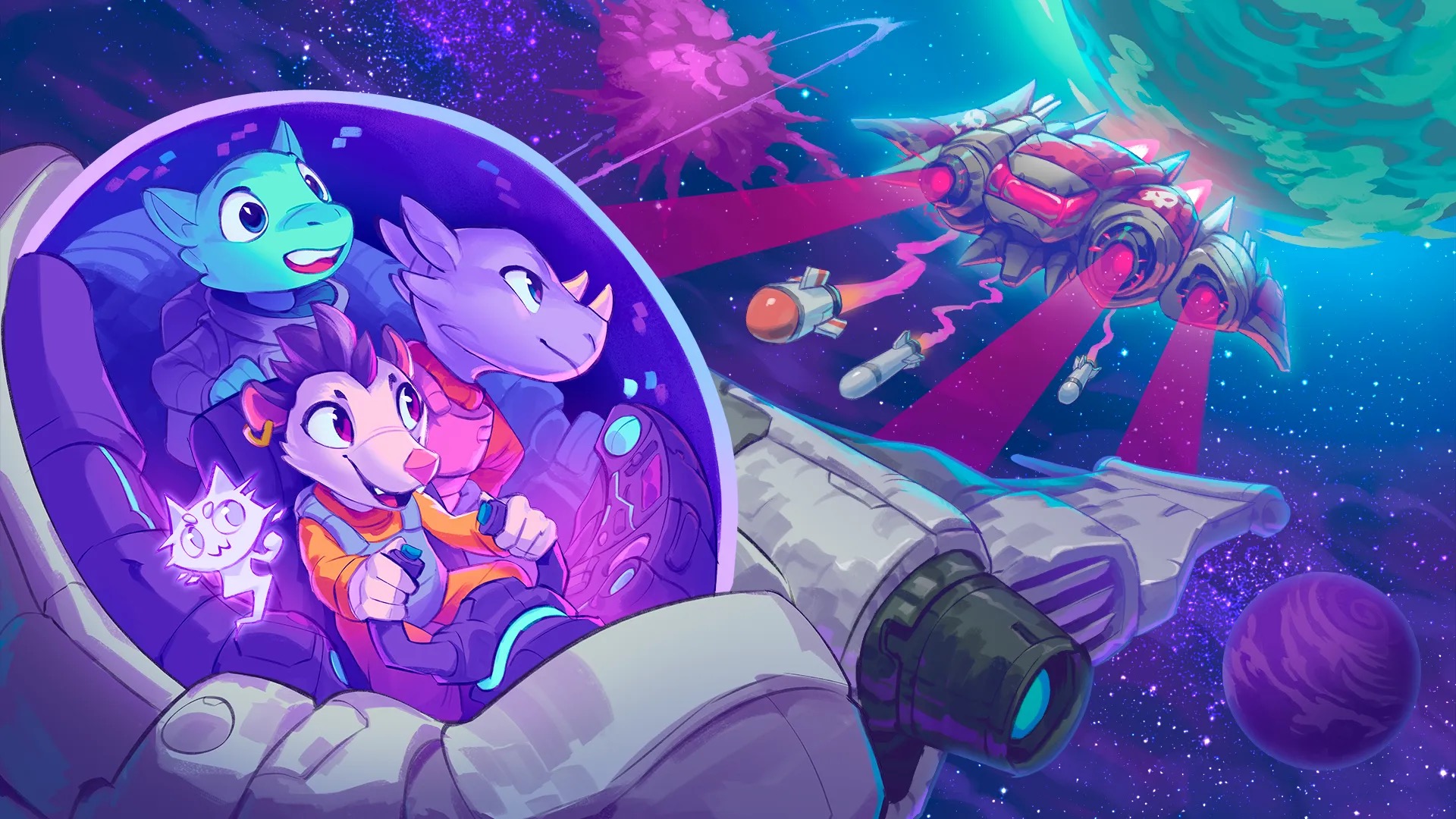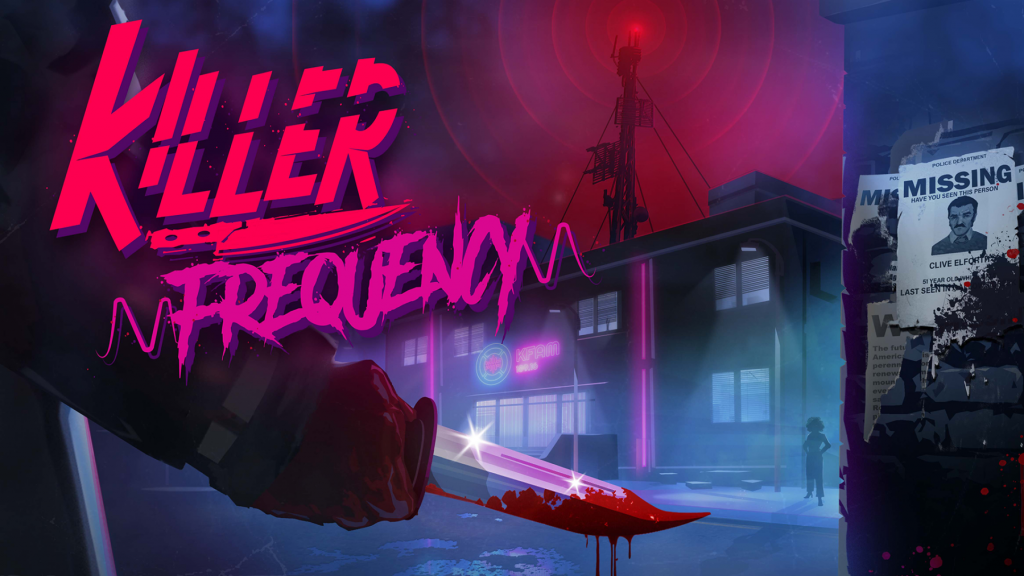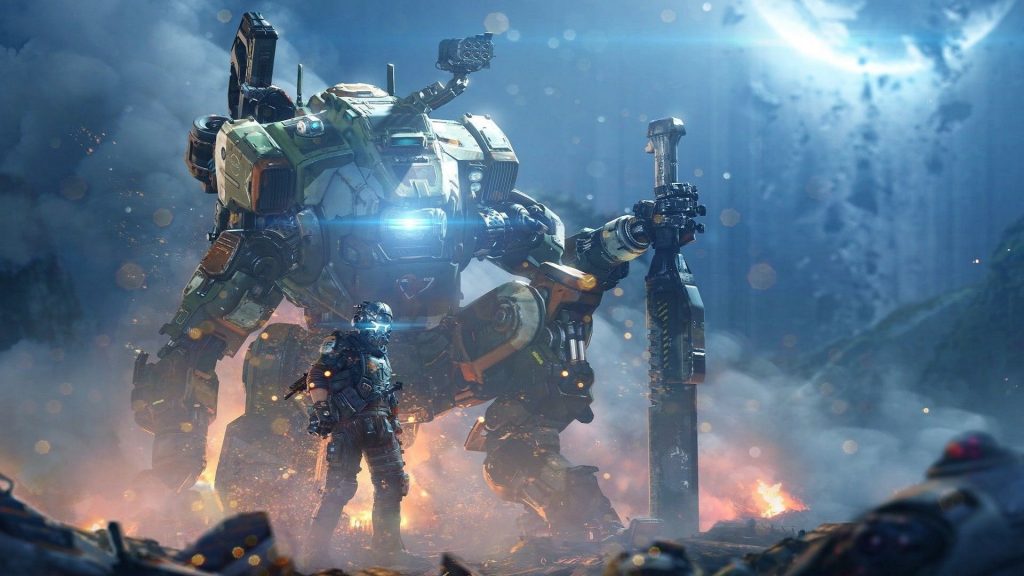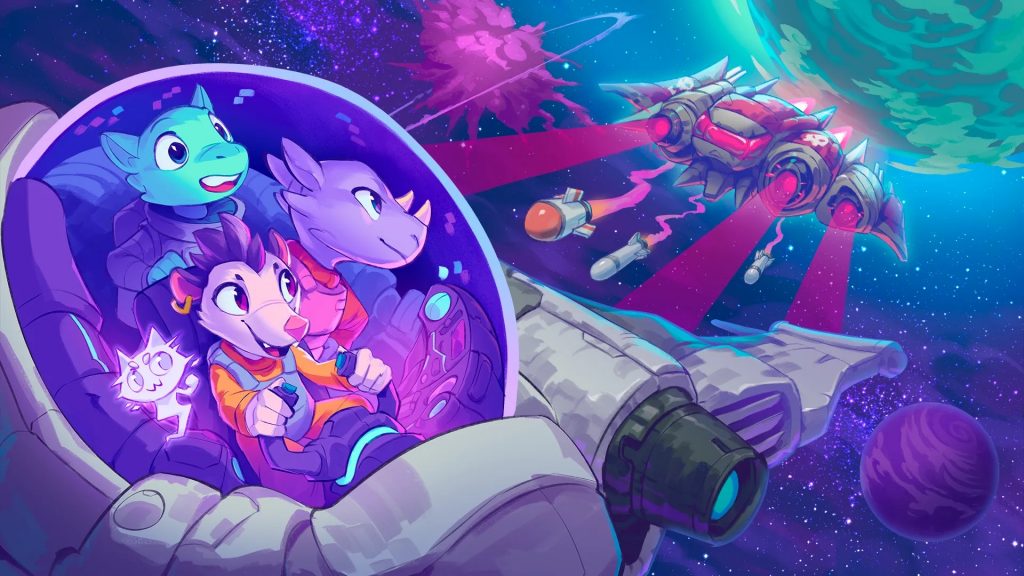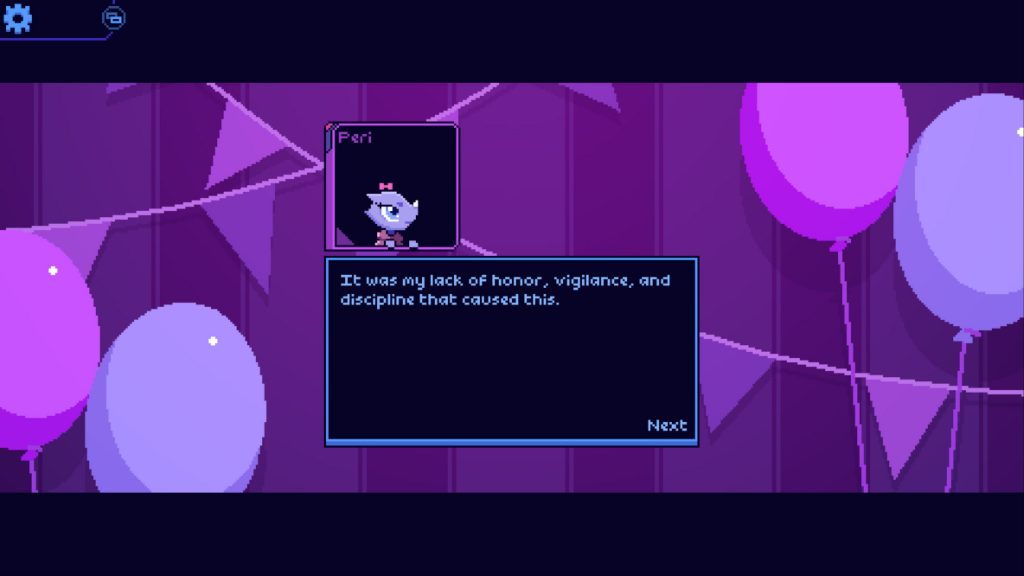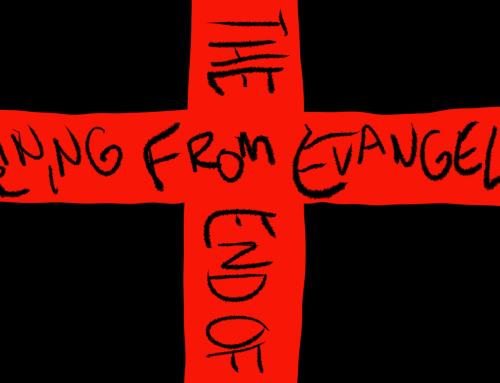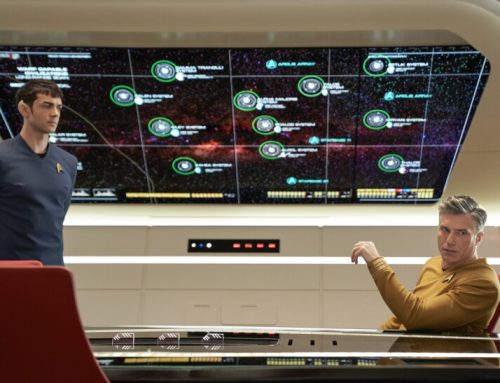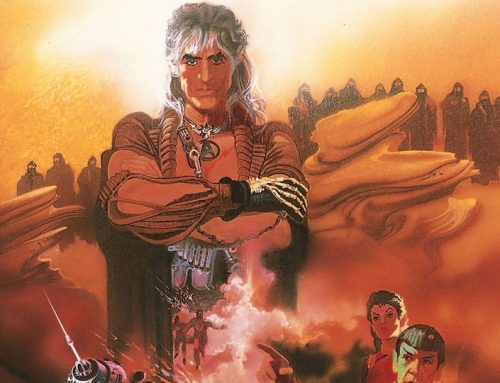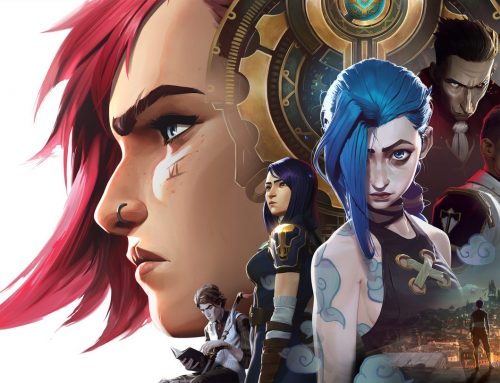We made it.
There’s SO much digital ink online right now for the myriad huge, incredible games that came out this year. So I wanted to highlight interesting narrative experiences I had from places that might have flown under your radar. Maybe the game was smaller, or the situation was weird and no one defined it. Hah!
Killer Frequency
You’re a small town radio DJ in the 80s, and you have to field calls to the sheriff’s department while a serial killer is on the loose. That’s the premise of Team17’s VR-optional adventure game. I loved both the hook and the game’s comedy horror tone.
The game sets you up at the radio station in your booth, with access to objects and equipment to mess with. Captions with branching dialogue choices sit next to the mic and let you talk to your callers. There are also items around the radio station that could provide life-saving information if someone is, say, being pursued by a whistling guy with a knife.
The game sits squarely in between a VR playspace experience like a Job Simulator and a visual novel. I had a visceral role playing response. I’ve been told I would have decent odds surviving a horror film. Uh, but would I really? The buttons on the audio equipment would be smaller, but hey, otherwise this is how you would experience a horror scenario like this.
VR is still figuring out its rules and mechanics, and adventure games still largely follow a decade-old (good!) design. What are the odds the next breakout adventure game experience will involve you sitting in a virtual room, making compelling, impossible choices?
Titanfall 2 (in 2023)
Okay, hear me out.
Titanfall’s universe is one of sprawling maximalist churn, which dovetails nicely with what it was like to play the game this year.
I’m not talking about the seven-year old game’s still-great single player campaign, or the heart attack-inducing multiplayer. I put TF2 on here because I’ve been playing a metagame layered over regular bursts of multiplayer, and it only just hit me.
Here’s the cycle Titanfall fans have repeated over the last five years:
1. The multiplayer base dwindles down to the sweatiest, most savage, lunatic veterans.
2. A platform gets a surge of new and returning players. Maybe TF2 is free on Game Pass or PS Plus, or maybe (like this year) they finally fixed the PC servers.
3. Players rush to enjoy this revitalized multiplayer experience like they’re making the most of a fleeting travel romance. Ahem.
4. The multiplayer base dwindles down to the sweatiest, most savage, lunatic veterans.
I think this last wave was the most intense in years. Respawn introduced regular special game mode updates. The fanbase noted frequent use of the number three, which led to speculation about Titanfall 3. Would it be announced on the game’s release anniversary??? Cue the YouTube essays.
But alas, the TF3 announcement didn’t happen, and the player base dwindled like it always does. Eventually people were reminded of the sobering, real world details behind Apex Legends’ rise, like comments over the summer by Mohammad Alavi. A sad truth resurfaced: Apex is where it is because it is appealing to a much wider playerbase, in a much more rigorous way.
Eventually, I stopped playing. Would this happen again? Who knows?
That’s a nice little narrative arc, isn’t it? Not happy per se, but again, that vibes with the world of Titanfall. You’re small, nothing lasts for ever, best to jump out of the robot before it explodes. Maybe you’ll get another in a few minutes.
Okay, for fun, I’m going to type the words again:
sprawling maximalist churn
Cobalt Core
My list of favorite 2023 games could be all space opera roguelikes. We could talk about Ghost Signal, the very fun VR Stellaris spinoff, and Jumplight Odyssey, which lost its dev team amid layoffs, and may never get the follow through it deserves.
There was one space opera roguelike that I thought nailed both gameplay and storytelling, and that was the latest from Brace Yourself Games. You guide a ship through branching maps of encounters in hopes of stopping a time loop a bunch of cute space creatures are trapped in. It combines elements of Slay and Spire and Into the Breach. Your ship’s AI is a talking cat hologram. It was 250% made specifically for me.
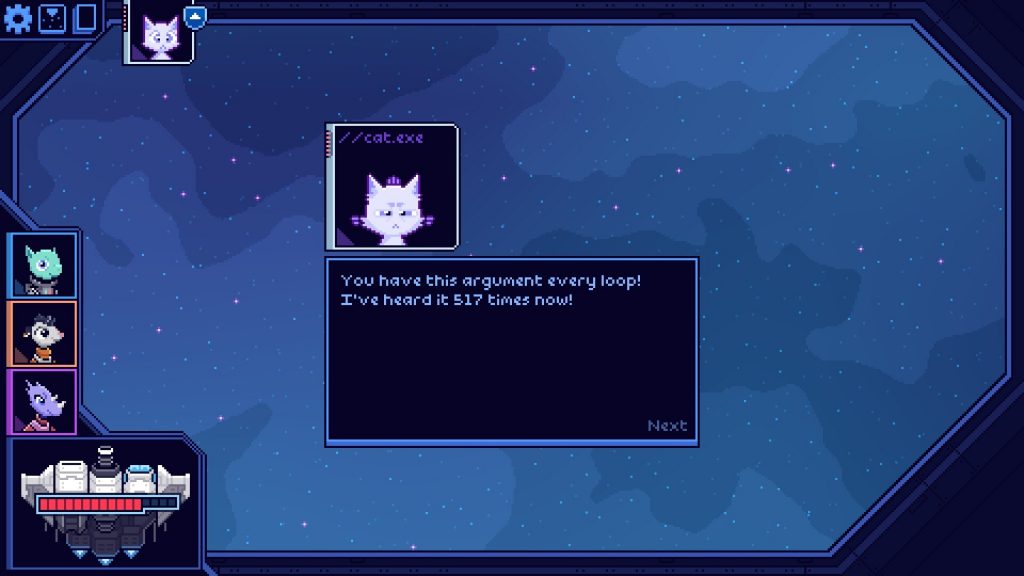 Instead of a single character whose deck you select at the start, you pick a crew of three whose cards combine with the chosen ship’s. This clever design choice not only gives you tons of ways to spec out your ship’s build, it provides the foundation of the game’s storytelling.
Instead of a single character whose deck you select at the start, you pick a crew of three whose cards combine with the chosen ship’s. This clever design choice not only gives you tons of ways to spec out your ship’s build, it provides the foundation of the game’s storytelling.
I think that storytelling design is really elegant. We get conversations between crew at the start of sectors and around the boss fights, based on story progress and who is on your crew. Some encounters have evolving linear narratives, so you have mini-stories that evolve each time you cross paths with that particular ship or enemy. As you finish runs, you are meted out flashback scenes for your crew. It’s all brief and lively, and you’re back to making interesting choices.
It’d be a lot of writing to build a game in this model, but it feels like a task you can hold in your hands. The gold standard for story in a roguelike, for my money, remains Hades. It’s not just the writing, or the art, or the incredible voice acting, it’s that there’s so, so much story there. Tens of hours.
I think Cobalt Core provides a valuable model for indie devs and I hope others take the lessons here to heart – plenty of roguelikes have stories, but few are as effectively written and delivered.
Also, give Riggs a gun. (Riggs is an opossum)

